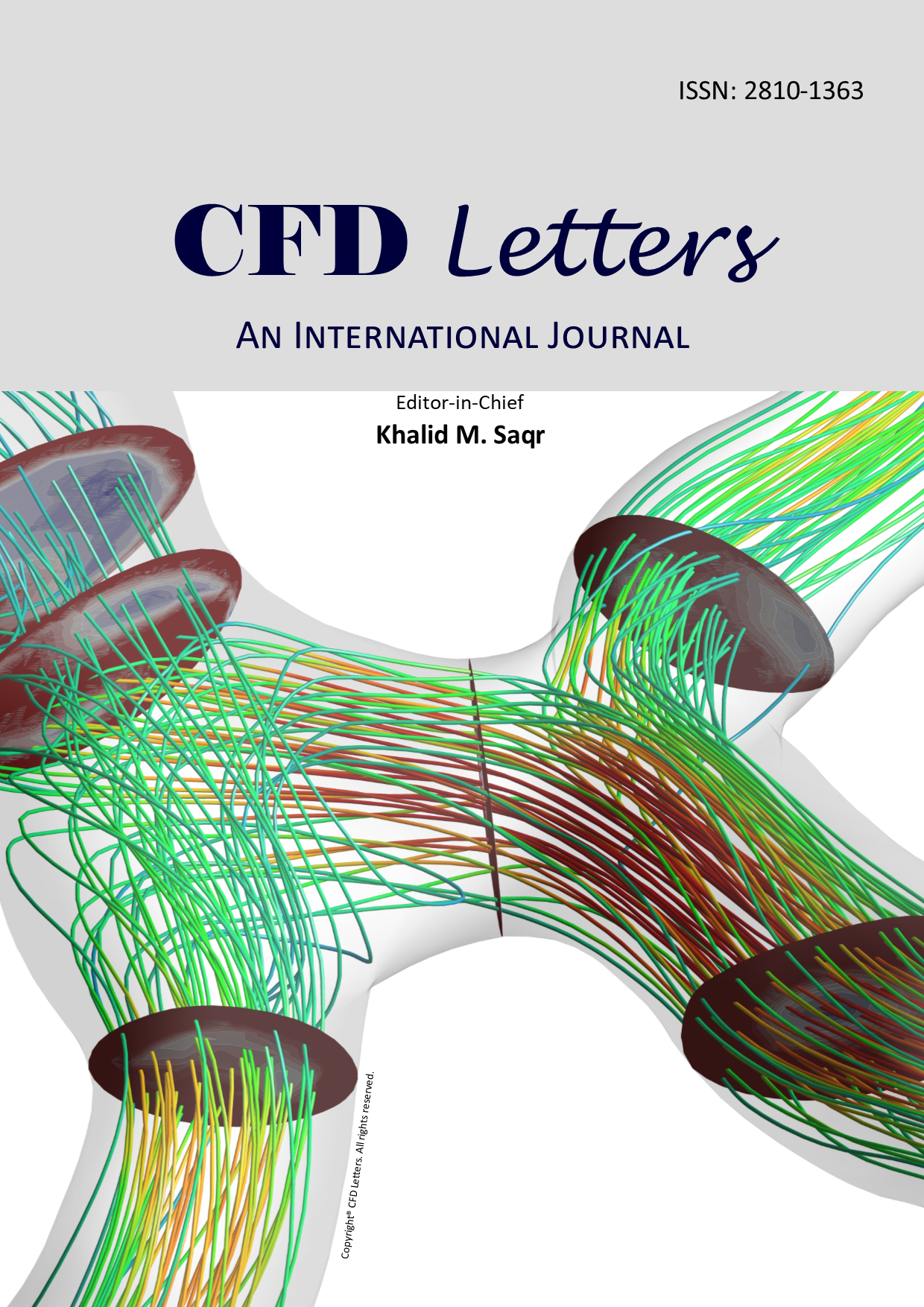Computational Fluid Dynamic (CFD) Analysis of Parachute Canopies Design for Aludra SR-10 UAV as a Parachute Recovery Systems (PRS)
Keywords:
unmanned aerial vehicle, parachute recovery system, computational fluid dynamic, parachuteAbstract
Unmanned Systems Technology (UST) Aludra SR-10 Unmanned Aerial Vehicle (UAV) was purposely designed for survey and mapping mission. In the early design stage of Aludra SR-10 UAV, skid and belly landing method was used as a recovery method. This type of landing method may encounter a harsh landing on hard soil and gravel, producing high impact momentum on the aircraft body and may cause structural or system damage. To increase the safety of Aludra SR-10 UAV operation, Parachute Recovery System (PRS) are purposely design to replace the belly landing technique for landing method. This study was performed by simulation approach (using Computational Fluid Dynamic, CFD) to analyse an aerodynamic performance for selecting the best canopy design that can produce higher drag during recovery process. This computational study focuses on an aerodynamic flow simulation over threedimensional surface on two different canopy designs (i.e. annular canopy and cruciform canopy), and also focuses on drag coefficient in a steady and turbulent condition. Two?equation k-? turbulence flow was modelled by adopting Navier-Stokes numerical equations to simulate aerodynamic characteristics and drag. The computational results with an efficient grid study shows an annular parachute canopy produced highest drag coefficient (1.03) than cruciform parachute canopy (0.91). The findings also highlighted the significance of separation and recirculating flows behind studied geometries, which in turn was responsible in producing the drag. This computational simulation analysis successfully provided a baseline annular parachute design was about 2.41 meter of the nominal diameter was selected as the main parachute which can be applied for this research.













